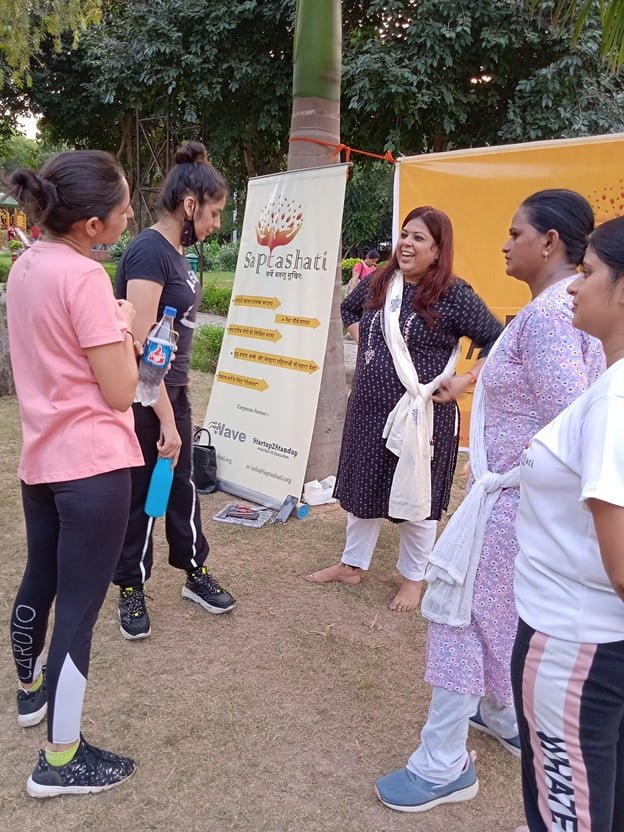
Safety isn’t just a set of rules. It’s a mindset, a series of life skills, and a way of thinking that children should absorb from an early age. Many NGO founders, like Sandhya Singh, are already playing a crucial role in Kids safety in Delhi by raising awareness and launching proactive initiatives to protect children from harm.
But what if we approached kids’ safety in the same way we approach math — as a subject to be systematically taught, explored, and applied? What if the importance of safety, both physical and emotional, was woven into the fabric of our children’s education just like arithmetic or algebra?
The Kids Safety Gap in Education
As it stands, safety is often taught reactively. Children are told to look both ways before crossing the street or to wear helmets while riding a bike, but how many of these teachings go deeper than the basic rules? Safety is often treated as an afterthought, something kids learn through warnings, reprimands, or in the aftermath of an accident.
In contrast, subjects like math are taught in a structured way, with concepts building upon each other. Students are introduced to the basics, then gradually progress to more complex ideas. Wouldn’t it be powerful if we applied the same approach to teaching safety?
The Power of Structured Learning
Math is a subject that starts early, often in kindergarten, where children learn numbers and basic operations. The abstract concepts evolve over time, and each lesson builds on the last. Safety could follow a similar progression:
- Basic Concepts: Just as children are taught to count, they could learn the basics of personal safety. For example, understanding what constitutes a “safe” environment, whether it’s physical (e.g., not touching hot stoves) or emotional (e.g., recognizing when a situation feels unsafe).
- Cause and Effect: In math, children are taught how numbers interact. Similarly, they could learn how actions lead to consequences and how safety can prevent negative outcomes. Understanding that ignoring safety rules in one situation can lead to harm is similar to understanding that incorrect math equations can lead to wrong answers.
- Practical Application: Just as students practice multiplication or fractions in various scenarios, safety could be taught through real-world situations. Students could engage in role-playing exercises, learning how to react in emergencies or how to make safe choices when confronted with risky situations.
Emotional Safety: A New Frontier
In addition to physical safety, emotional safety is another aspect that is often overlooked in traditional education. Children need to understand how to create a supportive, non-judgmental environment for themselves and others. Emotional safety could be taught as a foundational skill, just like basic math concepts like addition and subtraction.
For example, children could learn how to recognize their emotions, understand their reactions, and develop tools to navigate social situations safely. They could be equipped with the language to express themselves and the confidence to seek help when needed. This emotional literacy is essential for fostering self-esteem and creating a culture of safety in schools.
Conclusion
In a world where risk and danger are ever-present, there’s no greater gift we can give our children than the skills to navigate life safely.
If we can teach math in a way that helps children think critically, why can’t we do the same with safety?



